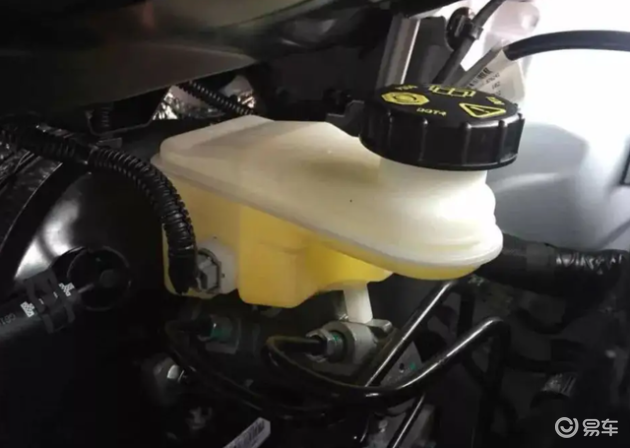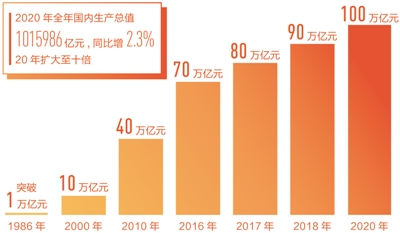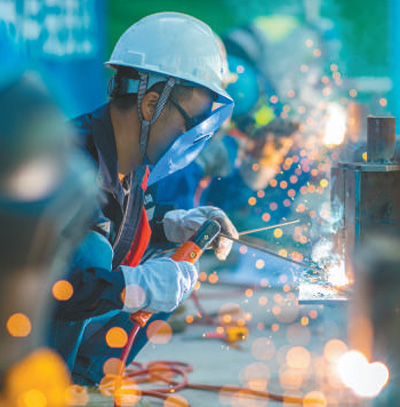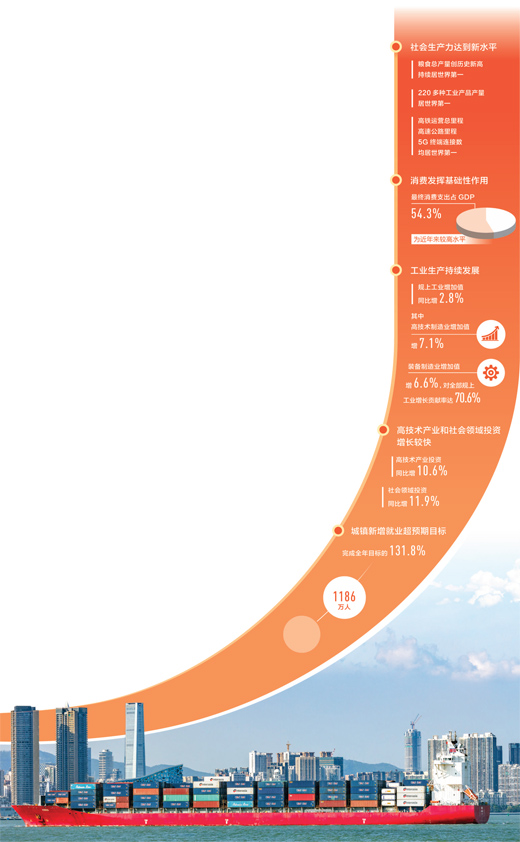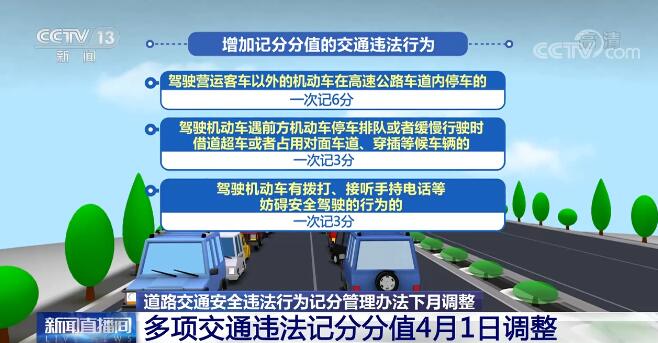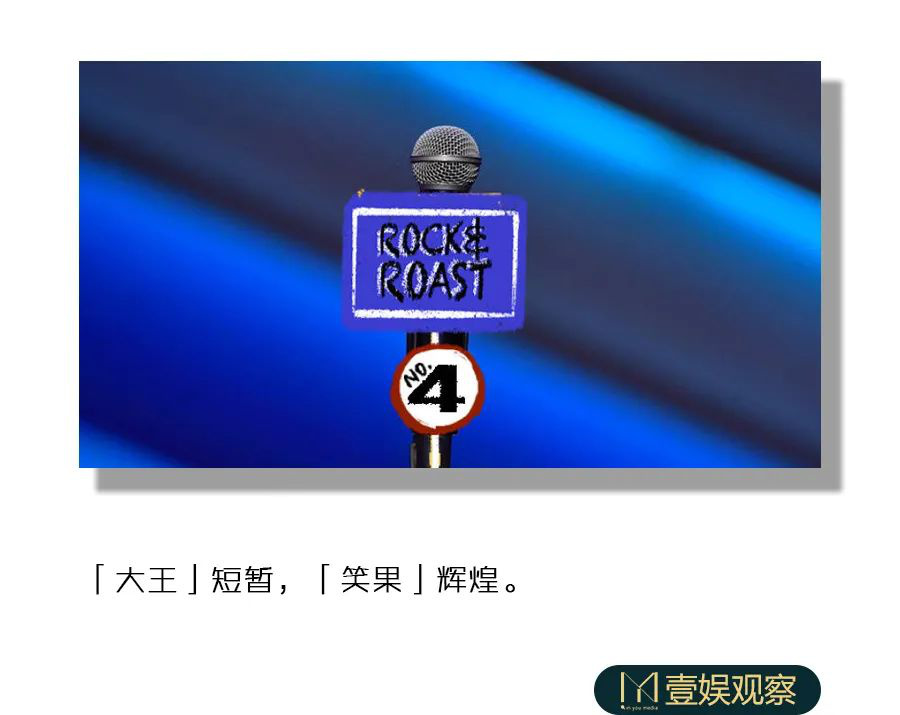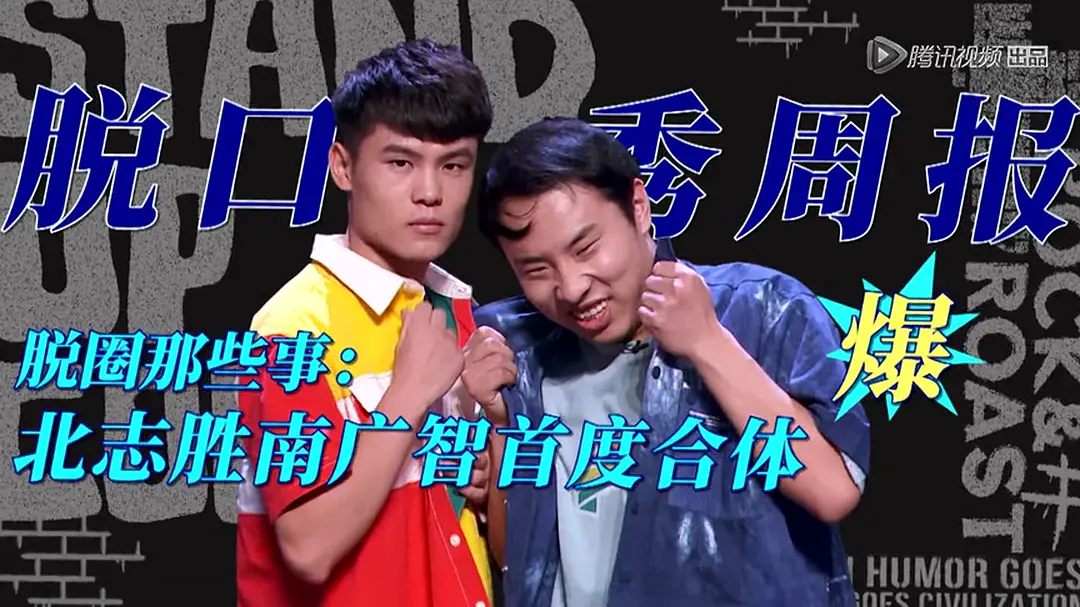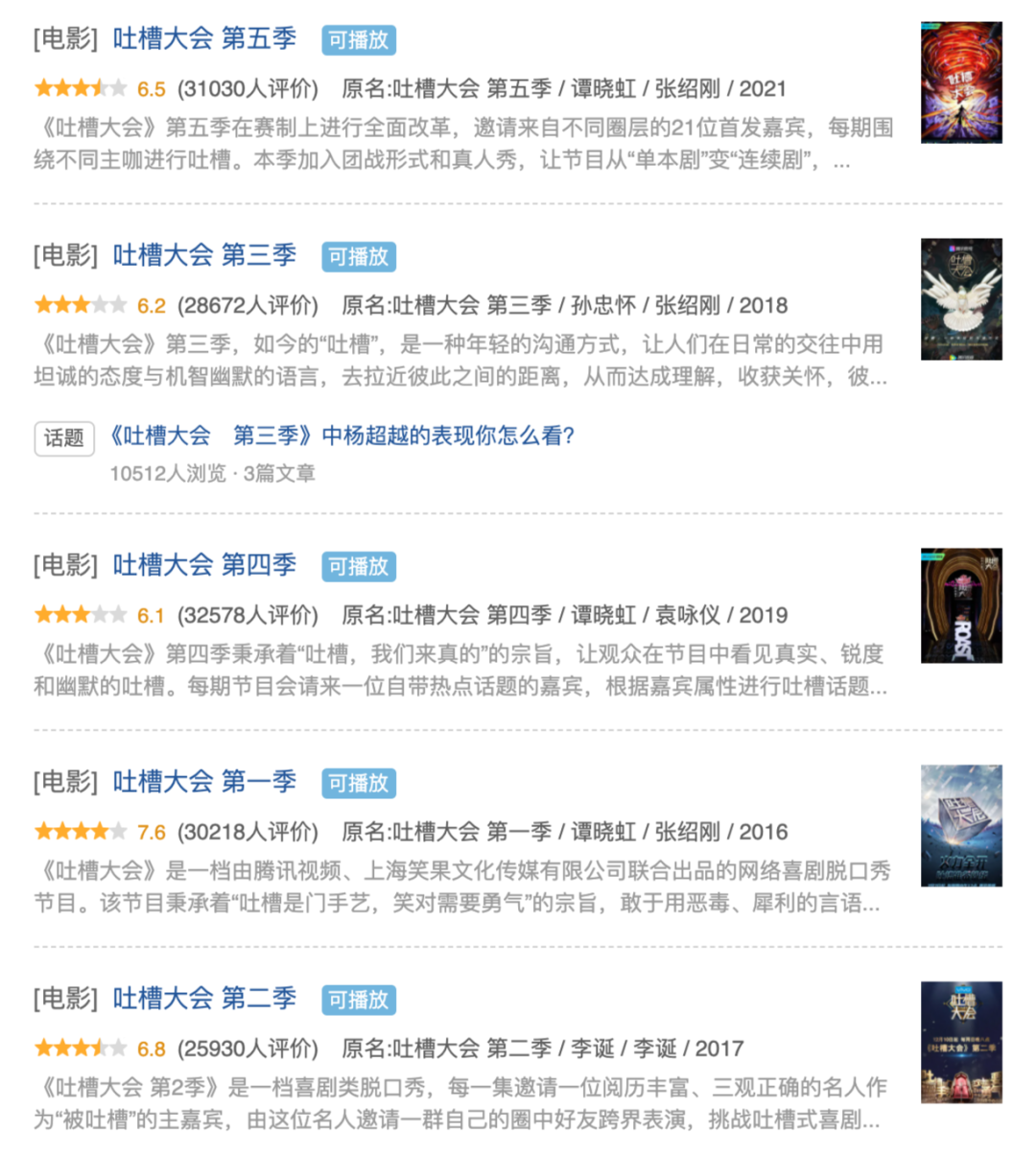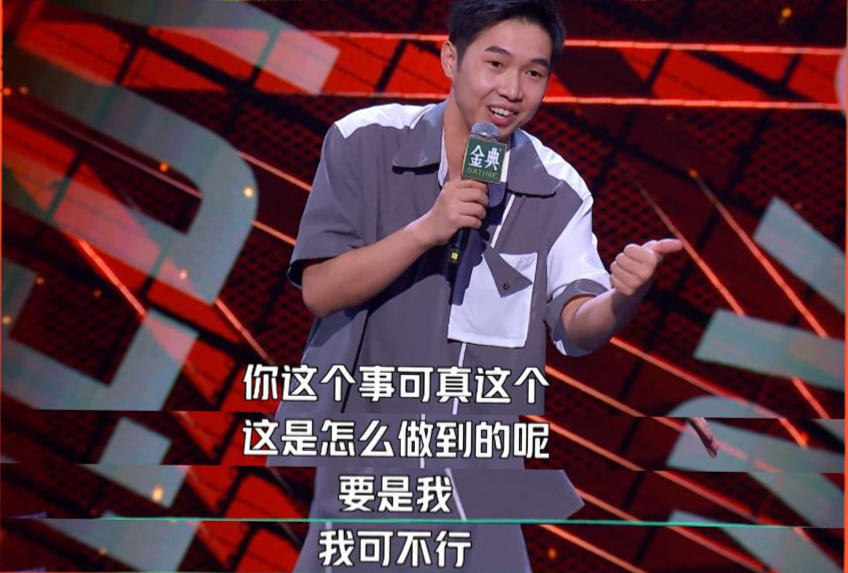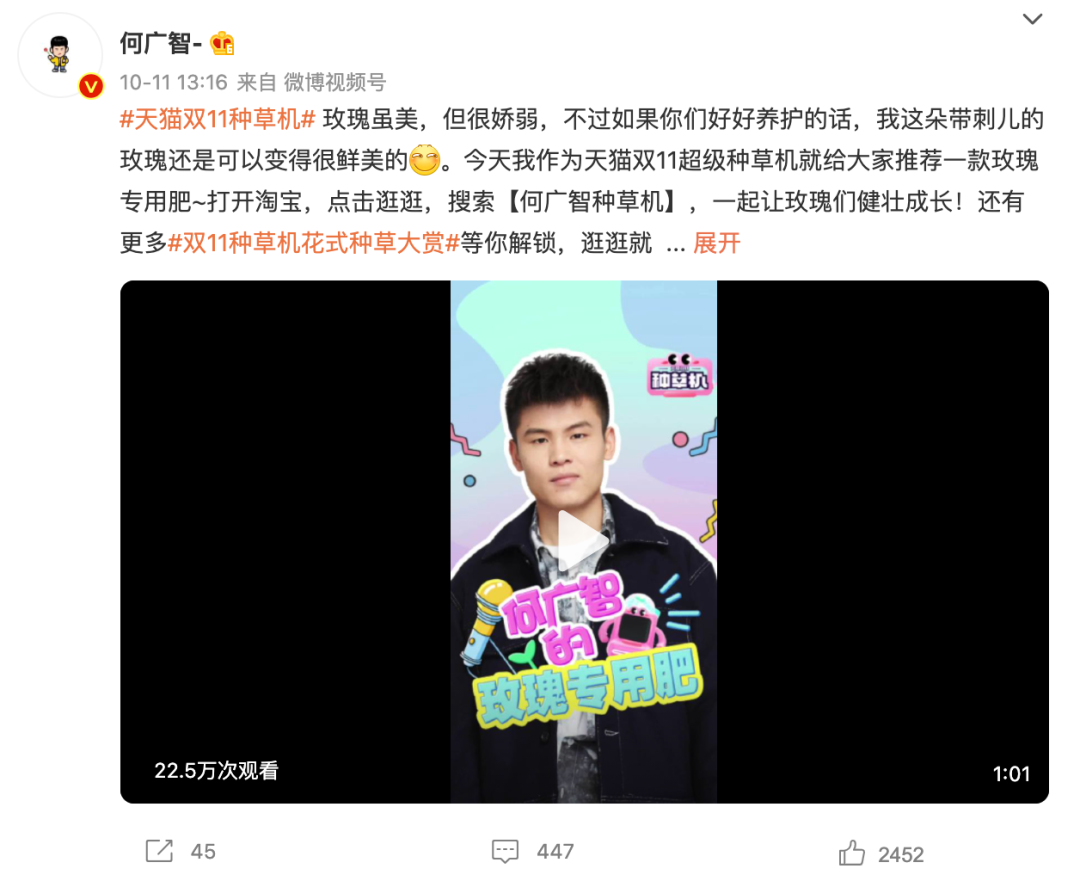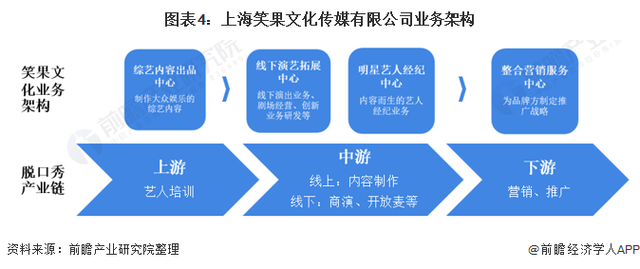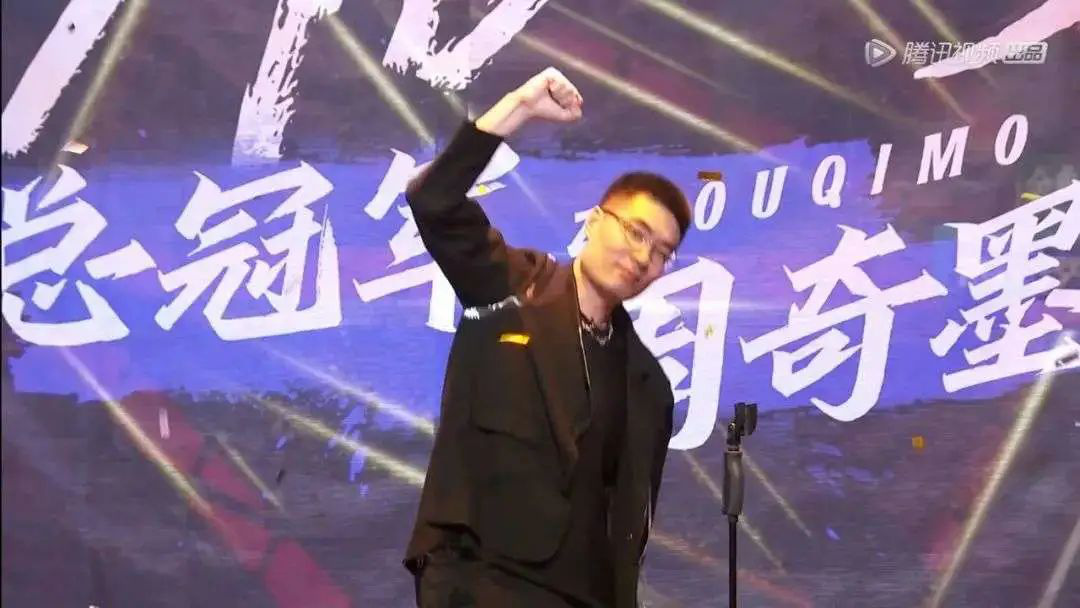On the first day of the opening of the A-share market in the New Year, the turnover was 1.27 trillion yuan: the heavyweights plunged with the collapse index, and 70% of the stocks floated red and the

This newspaper (chinatimes.net.cn) reporter Shuai Kecong Chen Feng reports from Beijing.
On January 4, 2022, on the first trading day of the A-share New Year, the three major indexes opened higher and went lower, and the GEM index closed down more than 2% under the drag of heavyweights. However, more than 70% of the stocks in the two cities closed red, and more than 120 stocks recorded daily limit.
Yang Delong, chief economist of Qianhai Open Source Fund, told the reporter of China Times that it is expected that the A-share market will continue the pattern of slow cattle and long cattle in 2022, and the structural differentiation is still serious. Although there is not much room for the Shanghai Composite Index to rise, there are many structural markets. Investors are advised to be careful and patient.
"In December last year, the Central Economic Conference set the tone of’ steady growth’ for 2022, and mentioned that fiscal policy and monetary policy will be coordinated together, which means that this year not only monetary policy is relatively loose, but also the financial aspect will continue to exert its strength, which is expected to form a strong support for domestic macro liquidity and the national economy." Chen Li, chief economist and director of the research institute of Chuancai Securities, told the reporter of China Times that investors are advised to make a layout from the perspectives of "policy support+performance improvement" in January, focusing on power infrastructure, agriculture (rural revitalization catalysis) and military industry.
Heavyweights crash index
In the early morning of January 4, 2022, the three major US stock indexes collectively closed up overnight, and the Dow and the S&P 500 index reached a record high. Apple’s market value broke through the $3 trillion mark in intraday trading and became a major focus of the global market.
However, also on the first trading day of the new year, the three major indexes of A shares collectively closed down. As of the close of January 4, the Shanghai Composite Index fell 0.2% to 3,632.33 points; Shenzhen Component Index fell 0.44% to 14,791.31 points; The GEM index fell 2.18% to 3,250.16 points.
The turnover of Shanghai and Shenzhen stock markets reached 1,266.4 billion, a substantial increase of more than 200 billion compared with the previous trading day. Northbound funds bought a net of 460 million yuan all day, showing a net purchase for six consecutive trading days.
From the perspective of Shenwan industry, agriculture, forestry, animal husbandry and fishery, media and comprehensive industries were among the top gainers, rising by 4.73%, 3.57% and 3.18% respectively; Power equipment, non-ferrous metals and pharmaceutical biology were among the top losers, falling by 3.14%, 1.84% and 1.3% respectively.
Among the popular concepts, the concepts of virtual digital man, NFT concept, unmanned retail, pork and meta-universe are among the top gainers, while the concepts of extracting lithium from salt lake, CRO, HIT battery, cultivating diamonds and holding shares by large funds are among the top losers.

Although the index fell, most stocks in Shanghai and Shenzhen stock markets recorded an increase. Straight flush iFind data shows that the number of A shares closed up as many as 3,349, with 1,243 stocks falling, and the proportion of rising stocks exceeded 70%. In addition, there are as many as 121 daily limit stocks in Shanghai and Shenzhen stock markets.
The reporter of China Times noted that behind the sharp drop of GEM index, it was mainly dragged down by heavyweights. Wind data shows that the GEM index fell by 72.51 points throughout the day, and the top five heavyweights, Contemporary Amperex Technology Co., Limited, Oriental Fortune, Mindray Medical, Yiwei Lithium Energy and Sunshine Energy, collectively closed down, contributing about 57 points, which means that only five stocks contributed 80% of the decline of the GEM. Among them, Contemporary Amperex Technology Co., Limited, the largest heavyweight, closed down 3.3%, contributing 18.8 points.
What are the opportunities for A shares in 2022?
In the past 2021, the Shanghai Composite Index rose 4.8%, the Shenzhen Component Index rose 2.67%, the Growth Enterprise Market Index rose 12.02%, and the Science and Technology 50 Index rose 0.37%. Compared with the annual increase of major stock indexes in the United States, France and other countries of more than 20%, the overall performance of the A-share market is good, but it is not very good.
Looking forward to 2022, can the A-share market outperform Europe and America? Wang Hanfeng, an analyst of CICC, and others predicted in the latest Top Ten Forecasts for 2022 that although the overall profit growth in 2022 may not be excellent due to the drag of upstream industries, China’s policies are gradually loosening, the overall valuation is not high, liquidity is supported, the impact of the epidemic is gradually fading out, and the opportunities for A-shares in 2022 may outweigh the risks. The median annual income of A-share equity in Public Offering of Fund may be significantly higher than that in 2021.
In 2021, the net inflow of funds from Shanghai-Shenzhen-Hong Kong Stock Connect to the north/south reached about 432.2/379.1 billion yuan respectively, and the important direction of the net inflow of A shares was manufacturing. Many investors are worried that China will face the pressure of capital outflow, considering that overseas liquidity may be tightened in 2022. However, according to CICC’s judgment, China is still one of the best markets for global growth opportunities, and the net inflow of funds from Shanghai-Shenzhen-Hong Kong Stock Connect to the north may still reach or exceed RMB 300 billion.
In terms of investment advice, Yang Delong believes that the biggest investment opportunity in 2022 lies in the rebound of high-quality leading stocks, especially the consumption of white horse stocks. Value investment will become the most mainstream investment concept, and performance is the main feature. It is suggested that investors actively lay out high-quality leading stocks and high-quality leading funds.
Chen Hao said that investors can consider three major directions:
The first is the direction of rural revitalization. Judging from the statement of the Central Economic Conference, rural revitalization is expected to be one of the main keynote of the policy in 2022. Rural revitalization is another consolidation and effective connection to poverty alleviation, which can effectively prevent rural residents from returning to poverty again and is also a key link to achieve common prosperity. Pay attention to agriculture and rural infrastructure.
The second is the direction of military industry. Recently, many military enterprises have reorganized or injected capital, and the industry has a good boom; During the "Fourteenth Five-Year Plan" period, the equipment was updated with clear increments, which supported the profits of enterprises in the industry; From the perspective of institutional configuration, the proportion of institutions’ current allocation to the military industry is also growing.
The third is the direction of auto parts. The lack of core in automobiles will be alleviated, and the industry is expected to enter the stage of capacity increase in 2022; At the same time, the fall of commodity prices will reduce the cost of the industry, and the industry profit is expected to improve.
Editor in charge: Ma Xiaochao Editor in Chief: Xia Shencha






